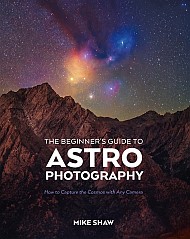Solar system's edge surprises astronomers
New observations reveal a dense ribbon structure that current models don't explain.
|
The edge of the solar system is tied up with a ribbon, astronomers have discovered. The first global map of the solar system reveals that its edge is nothing like what had been predicted. Neutral atoms, which are the only way to image the fringes of the solar system, are densely packed into a narrow ribbon rather than evenly distributed. “Our maps show structure and energy spectra that are completely different from what any model has predicted,” says study coauthor Herbert Funsten of the Los Alamos National Laboratory in New Mexico.
|
MAP OF THE EDGEA map of neutral atoms, generated by NASA's Interstellar Boundary |
- kuky's blog
- Login or register to post comments



